Invasion Alert: Flying Spiders Causing a Stir Across the U.S.
The Joro spider, native to East Asia, is making headlines as it spreads across the United States. Known for its bright yellow and black coloring and impressive size, it can grow up to three inches in leg span.
While its appearance may be alarming, experts assure us that there’s little reason to fear these critters.
A Growing Presence
First spotted in the U.S. around 2013, the Joro spider has established a central population in Atlanta, Georgia.
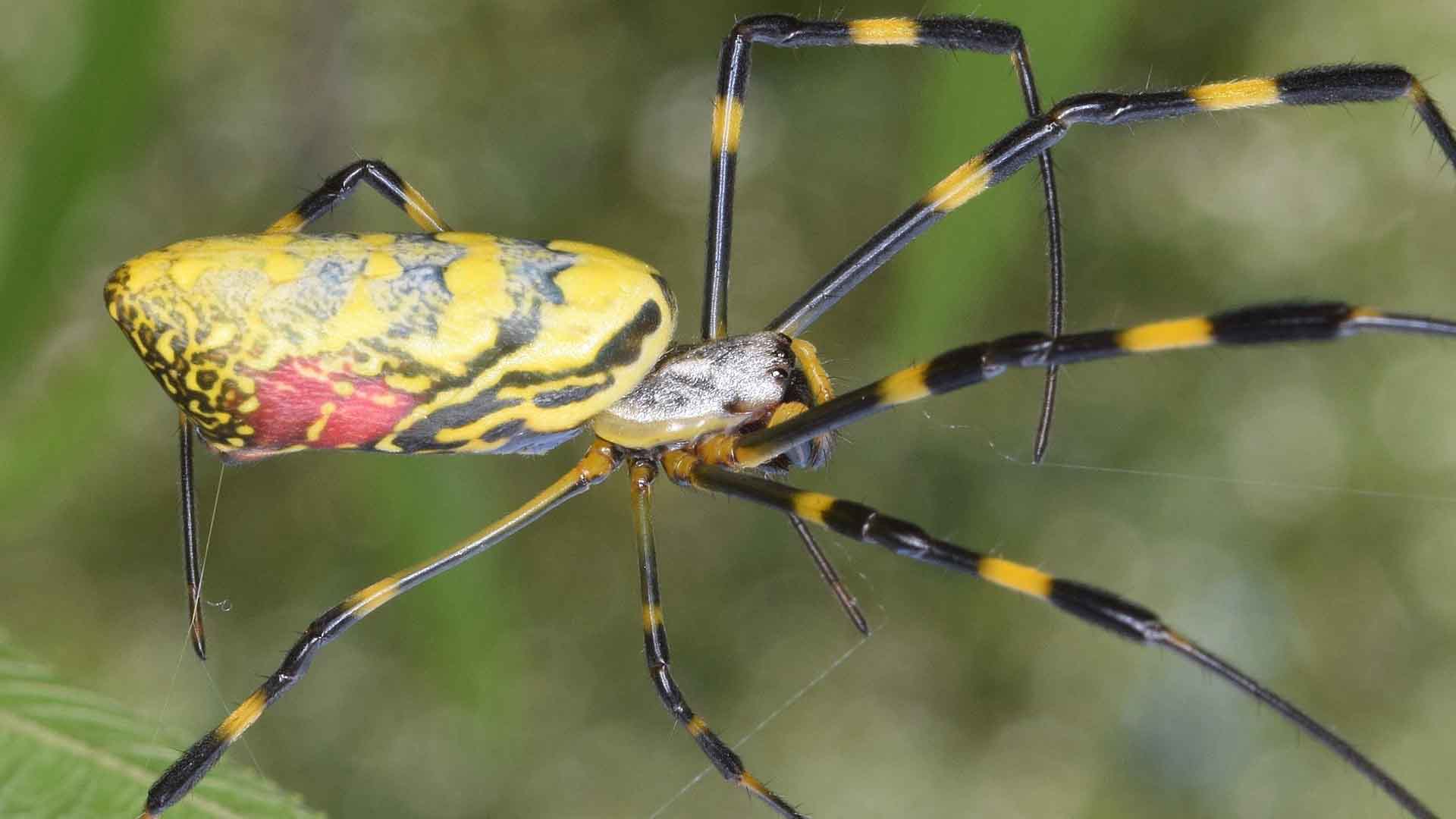
Source: Christina Butler/Wikipedia
Over the years, it has expanded to parts of the Carolinas and southeastern Tennessee. Scientists are keeping a close watch as this species continues to spread across the eastern United States.
The Flying Arachnid
One of the most fascinating aspects of the Joro spider is its ability to travel using a technique called “ballooning.”
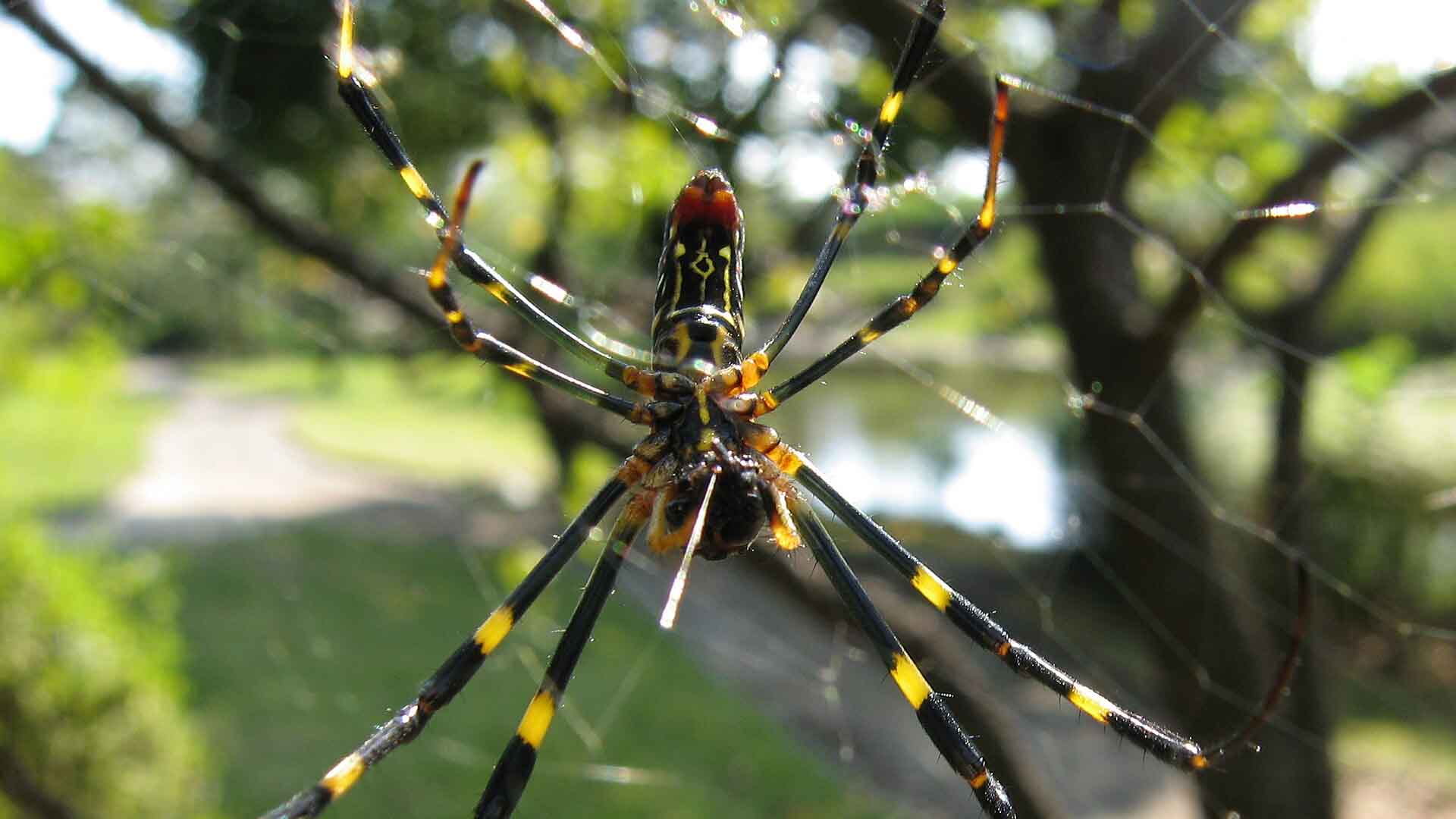
Source: Korall/Wikipedia
Young spiders release silk threads that catch the wind and electromagnetic currents, allowing them to float over long distances. This method helps them colonize new areas.
What Do They Eat?
Joro spiders are not picky eaters. They consume a variety of insects that get trapped in their webs. While this could mean competition with native spiders, it also provides an additional food source for birds.
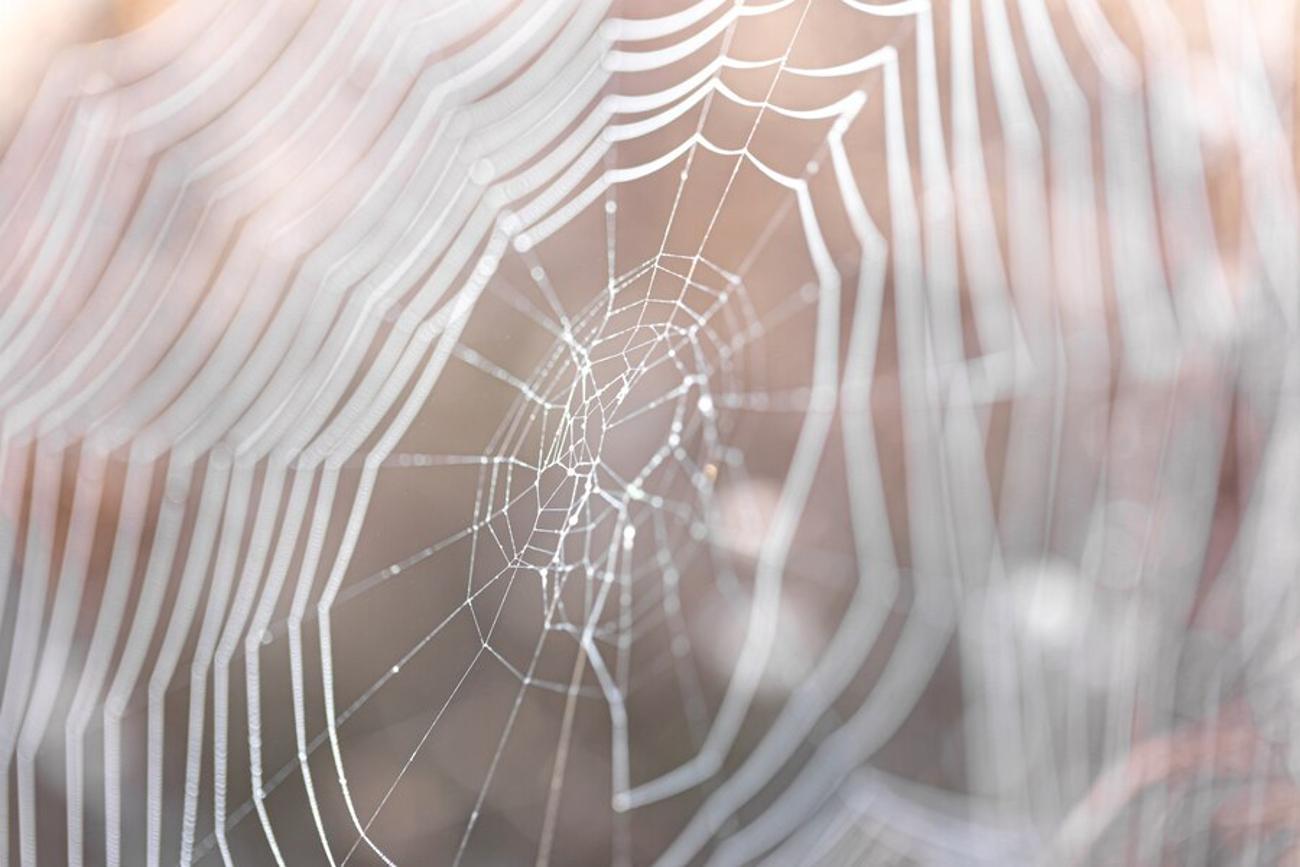
Source: Freepik
Some hoped these spiders might control invasive pests like the spotted lanternfly, but experts doubt their impact will be significant.
Are They Dangerous?
Despite their intimidating size and vibrant colors, Joro spiders are harmless to humans.

Source: Freepik
Their venom is not medically significant, and bites, while possible, are rare and typically cause only minor irritation. These spiders prefer to stay out of our way, making them a low-risk presence in their new environments.
Spotting Joro Spiders
Identifying Joro spiders can be tricky in their early stages when they are about the size of a grain of rice.

Jon Tyson/Unsplash
Look for their large, wheel-shaped webs, which are often found on porches or in gardens. By August and September, adult Joro spiders are more visible, showcasing their striking appearance.
Spreading Northward
Researchers like David Coyle from Clemson University predict that Joro spiders will gradually move further north.
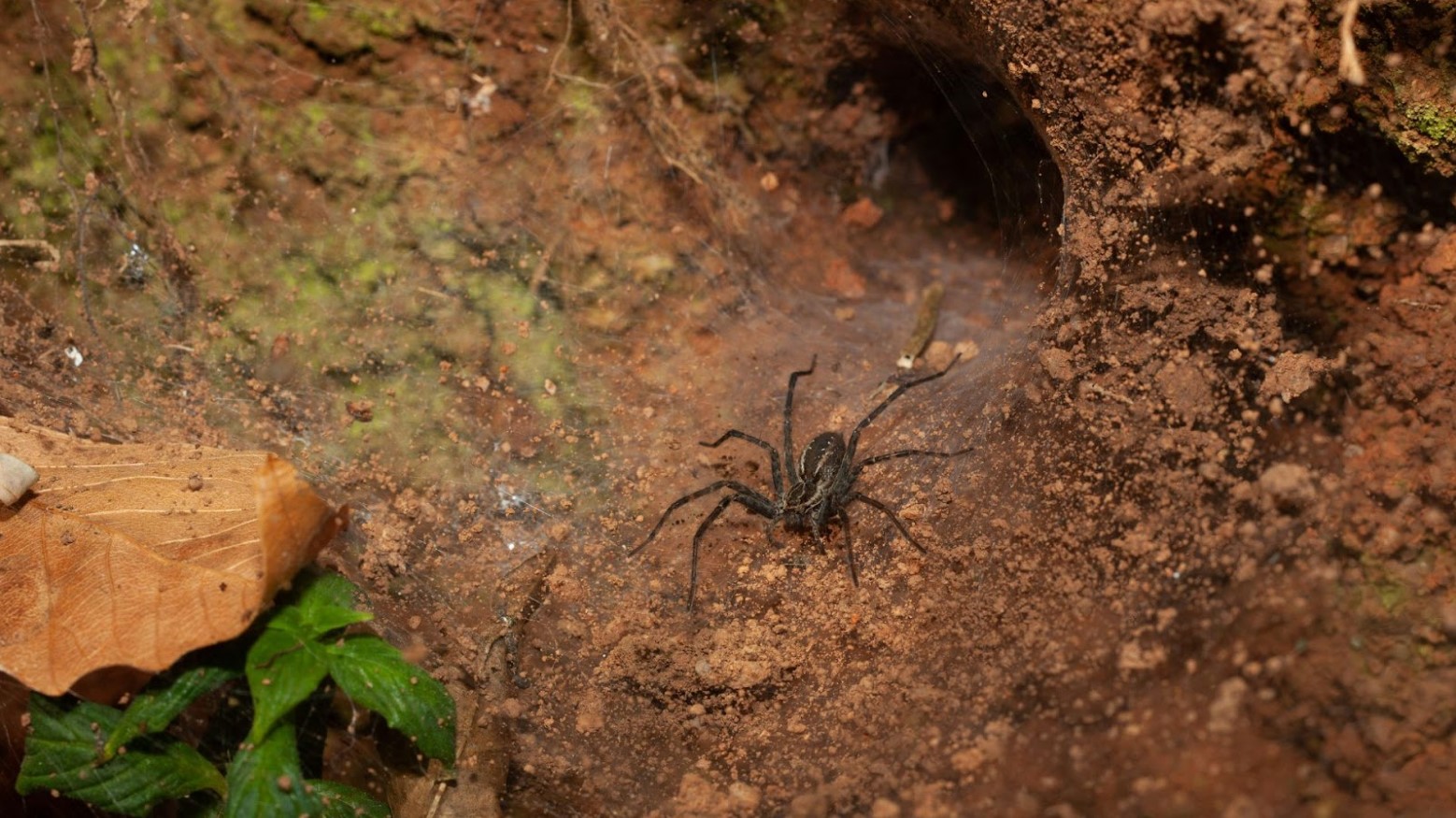
Source: PROJETO CAFÉ GATO-MOURISCO/Unsplash
While the exact timeline is uncertain, their expansion is expected to occur in incremental steps over the coming years. Keep an eye out for these spiders in new areas as they spread.
Quotes from Experts
David Nelsen from Southern Adventist University notes that public hysteria often surrounds these “weird and fantastic” creatures.

Source: Freepik
Meanwhile, Hannah Burrack from Michigan State University describes the Joro spider as a “canary in the coal mine,” highlighting how invasive species can thrive due to climate change and global trade.
A Broader Concern
While the Joro spider may capture our attention, it’s crucial to focus on other invasive species that pose greater threats to agriculture and ecosystems.
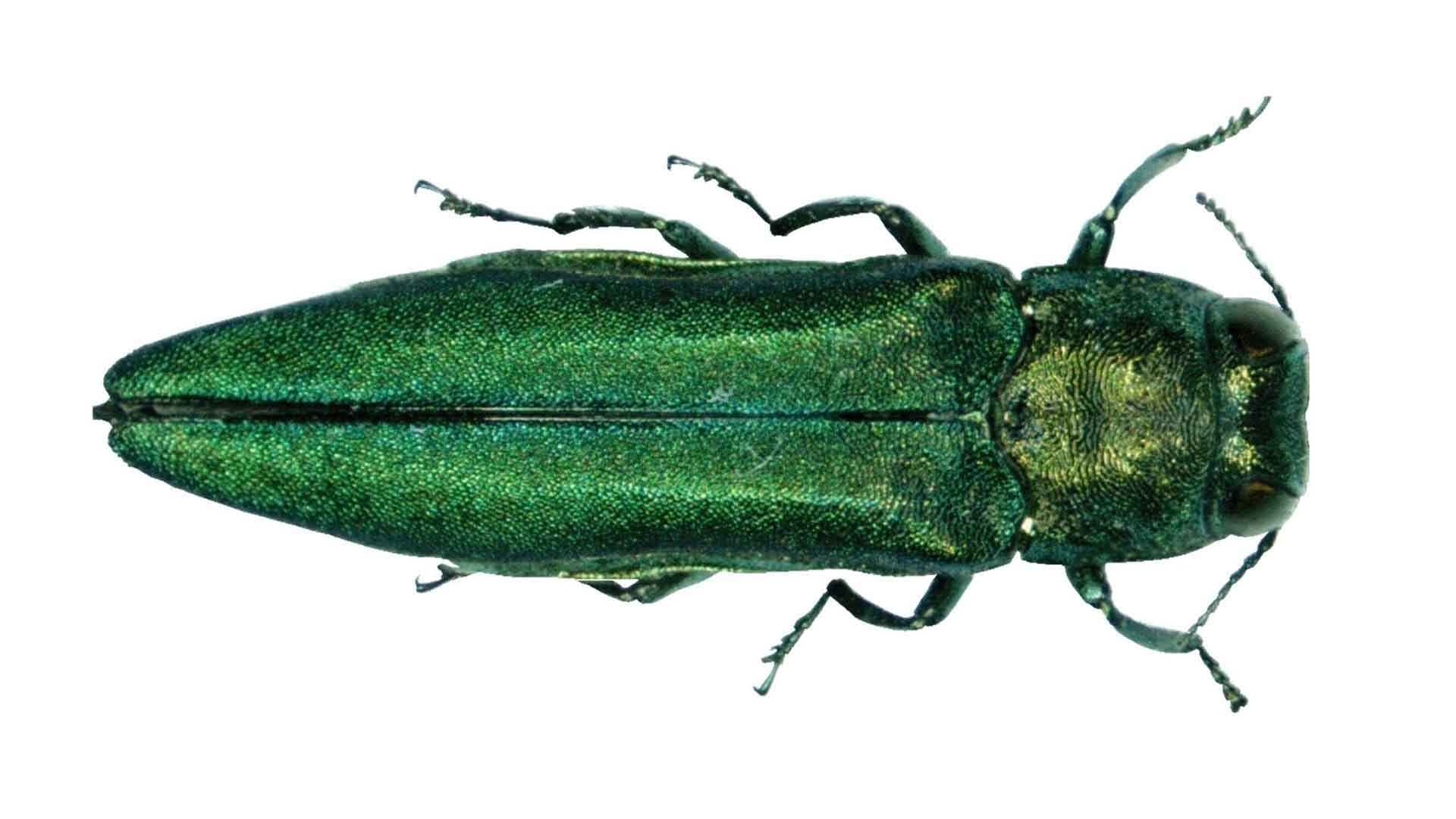
Source: Pennsylvania Department of Conservation and Natural Resources/Wikipedia
Pests like the emerald ash borer and the spotted wing drosophila can cause significant damage, exacerbating the challenges of conservation and agricultural production.
Impact on Agriculture
Invasive species can devastate crops and trees, leading to economic losses and environmental harm.

Source: Freepik
The growing prevalence of these pests is partly driven by global trade, which introduces new species to regions where they can thrive and outcompete native organisms. Addressing these issues requires coordinated efforts and ongoing research.
Climate Change Factor
Climate change is making many regions more hospitable to invasive species. Warmer winters and altered precipitation patterns create favorable conditions for pests that previously couldn’t survive in certain areas.
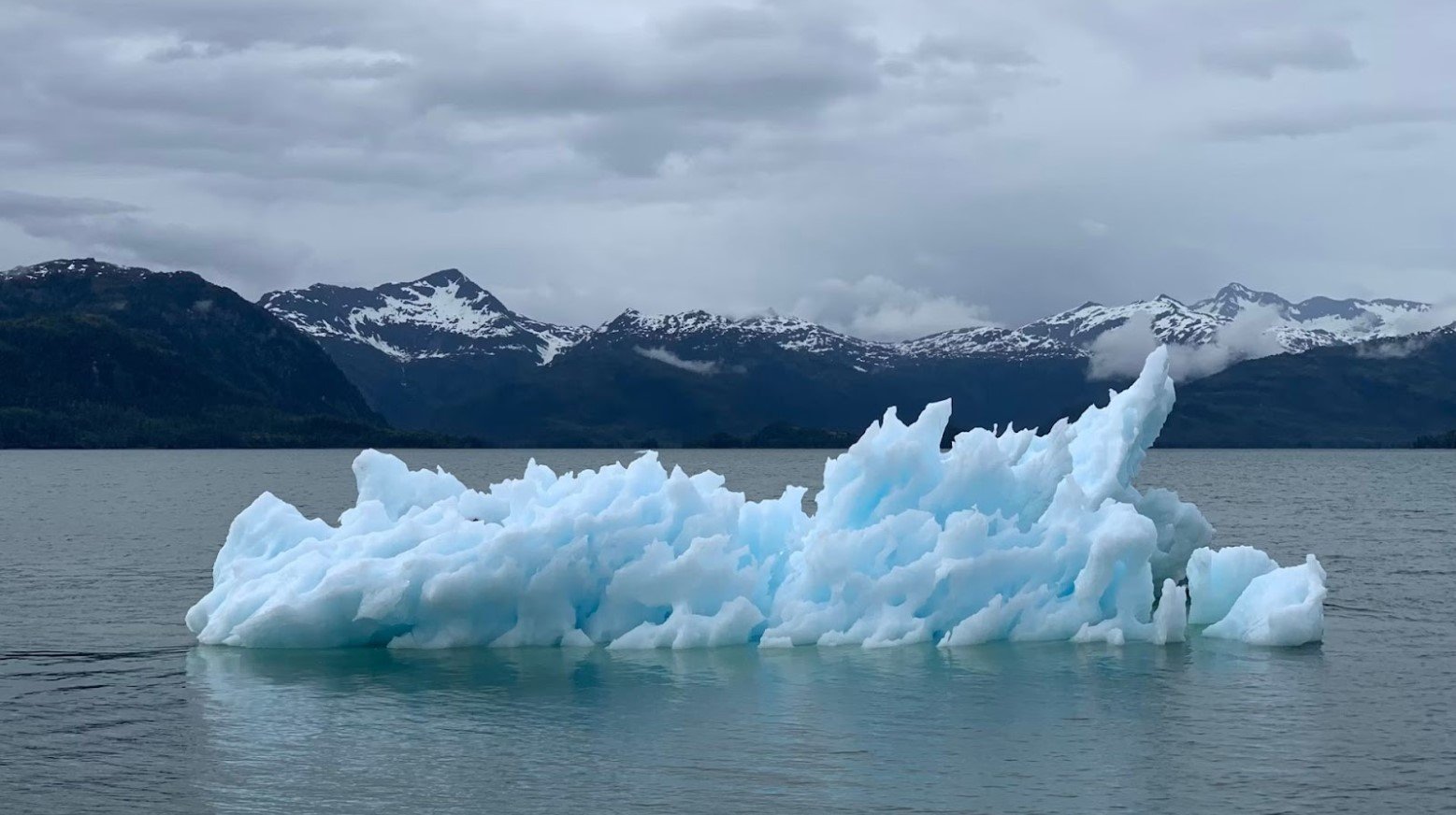
Source: Melissa Bradley/Unsplash
This highlights the interconnected nature of environmental challenges and the need for comprehensive strategies to protect our ecosystems.
Keeping an Eye Out
The Joro spider’s spread across the U.S. highlights the ever-changing nature of our ecosystems and the ripple effects of human activities.

Source: Melissa Noguchi/Wikipedia
Though these spiders aren’t a big threat to humans, their arrival emphasizes the need to vigilantly monitor and manage invasive species to safeguard our natural resources and biodiversity.
